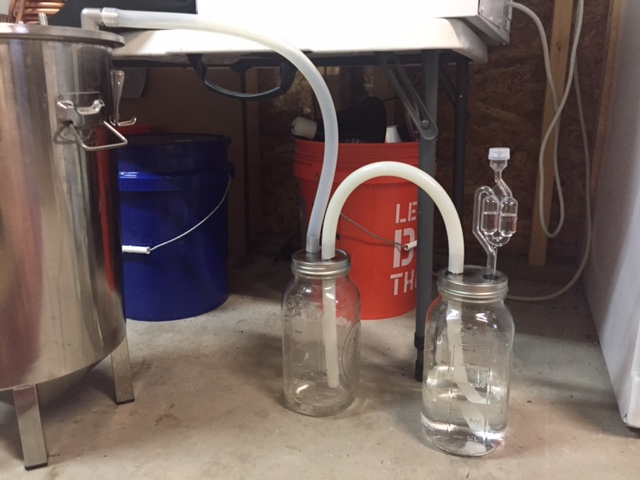You may have already gotten this information, but my picture shows a CO2 reservoir system that will prevent suck back into your fermenter. These lids with nipples are available at NorCal Brewing Solutions, or are you can make DIY. During off gassing, CO2 fills the quart jars, so in my case as pictured, I have about 1.5 quarts of CO2 that can fill the jars as a reserve. During crashing, the star san is pulled back into the empty jar (along with CO2 reserves) but can never reach back into the BO tube. I use mine every brew day, and in fact crashing a lager now with the jars in place.











![Craft A Brew - Safale BE-256 Yeast - Fermentis - Belgian Ale Dry Yeast - For Belgian & Strong Ales - Ingredients for Home Brewing - Beer Making Supplies - [3 Pack]](https://m.media-amazon.com/images/I/51bcKEwQmWL._SL500_.jpg)




































